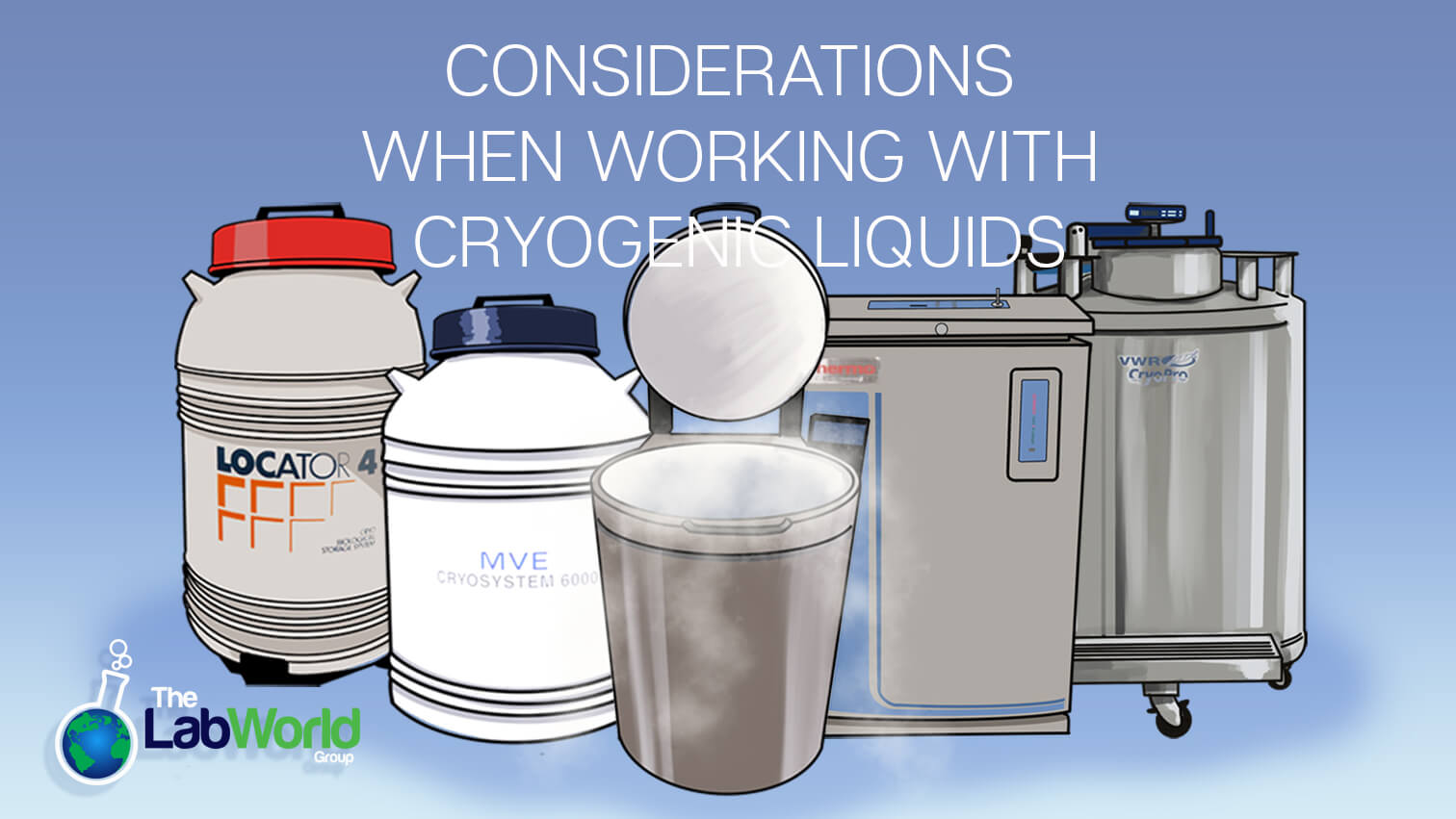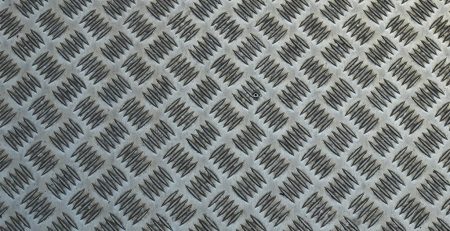
Cryogenic Liquid Safety and Considerations
Amanda2022-03-17T15:11:10+00:00Cryogenic Liquid Safety
While cryogenic liquids are a cost-effective means of storing samples for long-term use, the hazards that come with them cannot be ignored. Here are a few considerations when it comes to working with cryogenic storage equipment.
Hazards of cryogens
As cryogenic liquids warm the gases used to create them go from being condensed into liquid form and expand back to a gaseous state. Proper ventilation of these gasses depends on the amount and type of material and as well as how it’s being used. For some situations all that’s required is an exhaust fan, for others, a hood and ducting may be needed. Some situations where only a small amount of inert gas is used won’t require ventilation at all. The important part here is that you should have a clear idea of whether your use will require ventilation or whether it may react to something nearby, reducing the risk of fire, possibly explosion, or even asphyxiation. Having a plan in place before beginning to store, handle, use, vent, and dispose of the materials is not just good lab practice, it could prevent catastrophe.
Liquid Nitrogen Dewar Safety
Storing your cryogenic liquid properly not only ensures its availability for use but also protects the user. This begins with proper labeling of the container and its contents using the proper names. Inspect the Dewar before beginning to make sure that it is free of damage or cracks. The lid to a liquid nitrogen Dewar should fit loosely, allowing gas to escape as needed to maintain a safe pressure. This is usually enough pressure to prevent air moisture from entering the Dewar. A cryogenic system such as the Thermo Cryoplus or a VWR Cryopro system features automatic filling and others feature hot gas bypass to safely manage pressure and build-up, though they should still be inspected regularly.
If the neck or a Dewar becomes clogged with ice, there is a danger of a build-up of pressure. Ice can also block any pressure relief valves your Dewar may features so it’s critical to inspect these and remove any build-up regularly to prevent an explosive rupture. That’s why when housing these liquid nitrogen stores, you should find a location that will be low moisture. An LN2 Dewar should be stored upright, and handled carefully when moving, avoiding tilting or rolling. Another good practice is to always push the container, never pull, thereby avoiding the risk of it falling on you.
The extremely low temperatures created by cryogenic liquids can make other materials brittle and sometimes shrink, so when selecting peripheral equipment such as hose connections that is important to keep in mind, not just any will do. Water should not be allowed to contaminate the equipment, no matter what material is selected, as that freezing ice will expand and potentially crack the equipment.
Organizing Samples in a Liquid Nitrogen Dewar
Most liquid nitrogen Dewars use a rack system to keep samples within the container organized. This cuts down on the time needed to locate a particular sample, thus reducing the opportunity for air and moisture to enter and cryogenic liquid to escape. Cryo-racks can be arranged as boxes holding vials, or canisters. Rack systems depending on their size and the cryogenic system they’re set in can be an excellent way to store high volumes of samples efficiently. Liquid nitrogen storage racks are usually construction hold 1.5 to 5 ml vials, there are also special cane racks and for vapor phase storage there are risers to elevate away from liquids. Specialty arrowhead racks use every inch of available space in an LN2 chamber but require a wide opening for clearance when inserting or removing.
The type of rack you’re using depends on what storage setup you have. Liquid storage opens up the ability to store blood bags, cryovials, and liquid nitrogen storage canes. These systems are often numbered or color-coded for quick identification, be it a biological sample or hazardous materials.
Whichever way you’re storing your samples, it’s important to insert the object slowly and to use tongs. By slowly adding the item you reduce the risk of boiling or splashing, protecting you and the sample. It’s also important to remove any jewelry or watches before working with cryogenic liquid in case there is splashing. These items if they encounter cryogenic liquid could freeze to the exposed skin.
Liquid Nitrogen Handling
Precooling a liquid nitrogen Dewar helps retain more of your gas and ensures there isn’t a dramatic temperature change that may damage the container. Start filling slowly to allow the resulting vapor to lower the chamber temperature, then once vaporization has slowed you can begin filling at a normal speed. You should also only use the type of liquid that it is designed to hold, using liquid oxygen in a system not designed to hold it could result in organic materials bursting into flames.
Using tongs, wearing nonporous clothing such as knee-length lab coats, or a nonwoven apron like leather, boots, easily removed, loose-fitting insulated gloves are all good practices to allow for the safe handling and transferring of Cryogenic liquids.
Final Thoughts
Using cryogenic liquids in the lab can be an efficient means of storing precious samples long-term ensuring that they’ll be available when you need them. However, like most pieces of lab equipment, there are potential hazards, considerations, and practices that must be explored before you begin using them to their full potential.
At the Lab World Group, we thoroughly inspect every piece of LN2 Dewar and Cryogenic storage equipment that comes through our door, checking the integrity and performance of each over several days to ensure that they’re safe and performing up to specifications. Only when we’re satisfied and they’re ready to move to a new home, do we list them on our site, and what’s on our site is what’s in stock.
Should you need help locating a particular setup, let us know, we can help you find the right solution for your lab.













